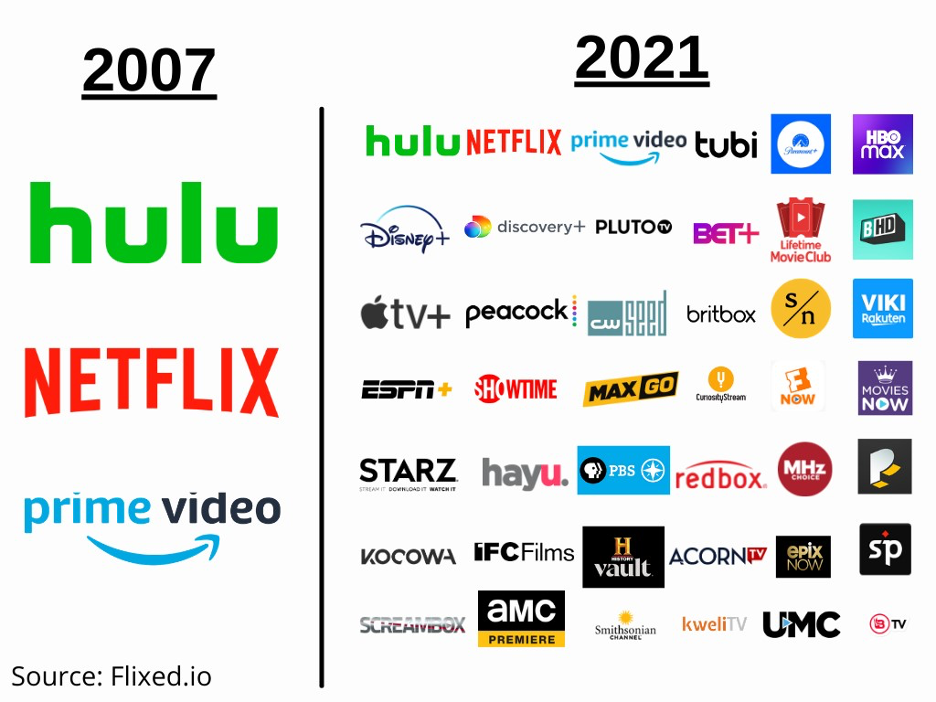How TV Shows Have Evolved in the Streaming Era

From Cathode Rays to Clicks: How TV Shows Have Evolved in the Streaming Era
The hum of the television set, once a comforting constant in living rooms worldwide, has been subtly, yet profoundly, altered. The advent of streaming has not merely changed how we watch TV; it’s revolutionized what TV is. The familiar landscape of scheduled programming, network dictates, and commercial breaks has been replaced by a vibrant, fragmented, and undeniably exciting new ecosystem. This evolution, however, is far from linear; it’s a chaotic dance of innovation, disruption, and adaptation.
The Death of the Network Schedule and the Rise of the Binge:
Before streaming, television adhered to a rigid schedule. Viewers were at the mercy of network programming, subjected to commercial interruptions, and forced to engage with content on the network’s terms. Streaming shattered this model. Netflix’s early success with “House of Cards” demonstrated the power of releasing an entire season at once, fostering a cultural phenomenon: the binge-watch. This changed the very rhythm of television consumption. Instead of weekly cliffhangers meticulously crafted to maintain viewership, entire narratives unfolded at the viewer’s pace. This shift fundamentally altered storytelling techniques, leading to denser plots, more complex characters, and a higher degree of creative freedom for showrunners.
Genre Bending and Niche Audiences:
The traditional network model prioritized broad appeal, often resulting in formulaic storylines and predictable characters. Streaming platforms, however, can cater to niche audiences with specialized content. From hyper-specific documentaries to genre-bending dramas, the sheer diversity of programming has exploded. This has emboldened creators to experiment, pushing boundaries and exploring themes previously deemed too risky for mainstream television. The result is a television landscape brimming with unique voices and perspectives, reflecting a far more diverse and nuanced view of the world.
The Interactive Revolution: Beyond Passive Viewing:
Streaming isn’t merely about what we watch, but how. The passive viewer of yesteryear is giving way to a more engaged, interactive audience. Interactive narratives, choose-your-own-adventure formats, and social media integration have begun blurring the lines between viewer and participant. Streaming platforms are leveraging data to personalize recommendations, shaping individual viewing experiences in ways previously unimaginable. This interactive element fosters a sense of community, transforming the solitary viewing experience into a shared, dynamic event.
The Impact on Production and Storytelling:
The economics of television have also undergone a dramatic shift. Streaming services, unlike traditional networks, are often more willing to invest in riskier projects with less predictable audience appeal. This has fostered a culture of experimentation, allowing for longer seasons, more complex characters, and a greater emphasis on visual storytelling. Furthermore, the immediate feedback loop provided by streaming data analytics allows creators to adapt their storytelling in real-time, refining their approach based on viewer engagement.
| Aspect | Traditional TV | Streaming TV |
|---|---|---|
| Release Schedule | Weekly episodes | Binge-watching, staggered releases |
| Audience | Broad appeal, mass audience | Niche audiences, diverse viewership |
| Commercial Breaks | Frequent interruptions | Ad-free (mostly), targeted advertising |
| Storytelling | Formulaic, predictable | Experimental, complex, character-driven |
| Production Values | Varied, often budget-constrained | High production values, more investment |
The Future of Television: A Continuous Evolution:
The evolution of television in the streaming era is far from over. The rise of short-form video, the integration of virtual reality, and the continued development of artificial intelligence will undoubtedly reshape the landscape further. While the traditional model persists, it’s clear that streaming has fundamentally altered our relationship with television, transforming it from a scheduled event into a personalized, on-demand experience. The future of television, therefore, is one of continuous evolution, adaptation, and boundless creative potential. The hum of the television may have changed, but its pulse continues to beat stronger than ever.

